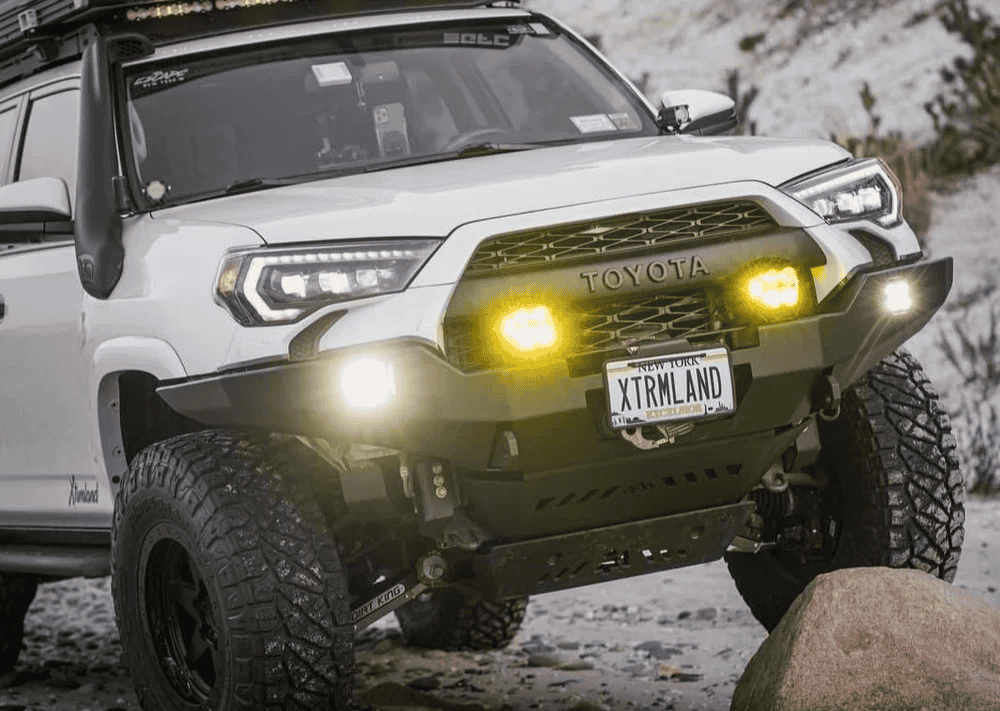Overland Vehicles

A high end luxury expedition vehicle is a purpose built platform designed to travel long distances on mixed terrain while keeping occupants comfortable and self sufficient. At its core are durability and payload: the chassis, suspension, and brakes must handle heavy equipment, water, fuel, and cabin furnishings without stress. Range and autonomy follow, with energy systems sized for days or weeks away from hookups. The premium element shows up in quiet cabins, thermal insulation, smart layouts, and materials that feel good and survive abuse. The result is a machine that can cross washboard roads all day, then offer a calm, climate controlled space at night.
Selecting a platform starts with intended terrain and service access. Medium duty truck frames and global van platforms are common because they offer parts availability, robust drivelines, and upfit flexibility. Four wheel traction, low gearing, and selectable traction aids increase control on loose surfaces, while well tuned suspension improves ride quality and keeps gear secured. Tire size and construction matter as much as drivetrain: load rated all terrain tires with appropriate sidewall strength protect against punctures and add ground clearance without compromising stability.
Power defines how luxurious off grid life can feel. Modern expedition builds combine a high capacity lithium battery bank with a high output alternator, roof solar, and an inverter charger. This multi source approach keeps induction cooking, efficient air conditioning, refrigeration, and outlets running without a generator. Thoughtful energy monitoring, DC distribution, and wiring protection ensure reliability in vibration and temperature swings. Quiet cabins rely on acoustic treatment, insulated flooring, and vapor managed walls that control moisture while keeping interior temperatures steady.
Water and sanitation transform a capable vehicle into a true home base. An ideal system includes filtered fresh water storage sized for the crew, an on demand water heater, and freeze protection for cold climates. Interior wet baths and cassette or composting toilets reduce campsite constraints. Grey water containment maintains Leave No Trace ethics and expands route options. Storage strategy rounds out the living experience: modular cabinets, l track or smart floor systems, and tie down points secure bikes, recovery tools, and seasonal gear without rattles.
Continuous comfort in remote areas depends on efficient HVAC. High efficiency air conditioning paired with a properly sized lithium bank allows restful sleep in hot climates without running an engine. In cold regions, sealed combustion heaters deliver dry heat and sip fuel. Roof fans, low power lighting, and layered insulation reduce energy demand. The goal is a quiet, draft free cabin that holds temperature and controls condensation.
A balanced water system uses sediment and carbon filtration, a dedicated fill, and accessible service panels. Instant water heaters mounted near fixtures cut waste and improve comfort. For sanitation, compact shower modules and easy service toilets keep maintenance simple. Drain routing and tank venting are planned to prevent odors and freezing.
Comfort starts with ergonomics: bed height that clears bikes or bins, seating with proper support, and surfaces that resist scratches. Soft close hardware, antimicrobial fabrics, and non slip flooring bring daily ease. Cargo rails, roof and rear racks, and interior partitions allow flexible packing for changing trips.
Capability is more than ground clearance. It includes precise suspension tuning, appropriate sway control, and brake upgrades to manage mass on long grades. Recovery planning is part of luxury because it prevents interruptions: rated recovery points, a matching kinetic rope, traction boards, and a portable compressor solve common obstacles. Lighting strategy favors usable beam patterns over raw lumens, with selective amber for dust and fog and focused driving lights to reduce eye strain. Navigation and communications add resilience: satellite messaging, an updated offline map library, and weather awareness tools help the crew pivot around closures or storms.
Safety lives in the details. Proper weight distribution and certified anchoring keep cabinets and tanks secure. Fire suppression, CO and smoke detection, and clearly labeled electrical shutoffs add layers of protection. Serviceability also matters. Components with known parts networks and clean wiring diagrams shorten downtime on the trail.
When it is time to translate these principles into a real build, partnering with specialists pays off. Explore overland rigs to see how a complete system comes together around your routes, seasons, and payload. If you are refining a current platform, a focused custom overland upfit can add power, climate, storage, or suspension without changing the entire vehicle. Curious about approach, process, and client care before committing your chassis and budget? Review why choose OZK for a look at standards and outcomes.
You have the blueprint for a high end luxury expedition vehicle. Share your travel style, crew size, and must carry gear, and we will map the systems that fit. From quiet cabins and climate control to suspension and storage, our team crafts expedition solutions that feel effortless on day one and reliable on day one thousand.
Ready to spec a luxury expedition build that fits your routes and lifestyle? Tell us how you travel and we will blueprint a complete overland solution, from chassis to power, climate, and storage. Submit the form and our team will propose a tailored plan, budget, and timeline for your expedition vehicle.
ADDRESS:
6159 E Huntsville Rd, Fayetteville, AR 72701
PHONE:
(479) 326-9200
EMAIL:
info@ozkvans.com